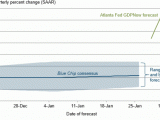
Joshua Lutz’s Peculiar, Lonely Photos of Sex, Addiction, and Mental Illness
June 25, 2018Ever since he was a child, Joshua Lutz has dealt with the reality of mental illness. When he was five years old, he realized something wasn't right as he watched his mother struggle with schizophrenia. Fear that he would inherit the disease or pass it along to his children became an ever-present fixture in his life.
Lutz turned to photography as a way to explore the impact of mental illness on his mother, his family, and his sense of self. In 2012, he published a book about his relationship with his mother; Hesitating Beauty (Schilt) is a poignant encapsulation of the woman who gave him life. To create it, Lutz stepped into a netherworld, a space where reality is filtered through an irrational lens, where quiet moments of lucidity are like rays of sunshine breaking through the clouds.
The book allowed Lutz to both explore and separate himself from the dark shadow schizophrenia cast across his life. This ability to be both insider and outsider at the same time led him further into the dark corners of the soul. This month, Lutz released another book grappling with similar subject matter; Mind the Gap (Schilt) is a poignant search for truth that explores the spaces between coherence and confusion that exist for those living with mental illness.
Lutz spoke with VICE about his personal journey and what it's like delving into the murky, muddled realities of living with mental illness.
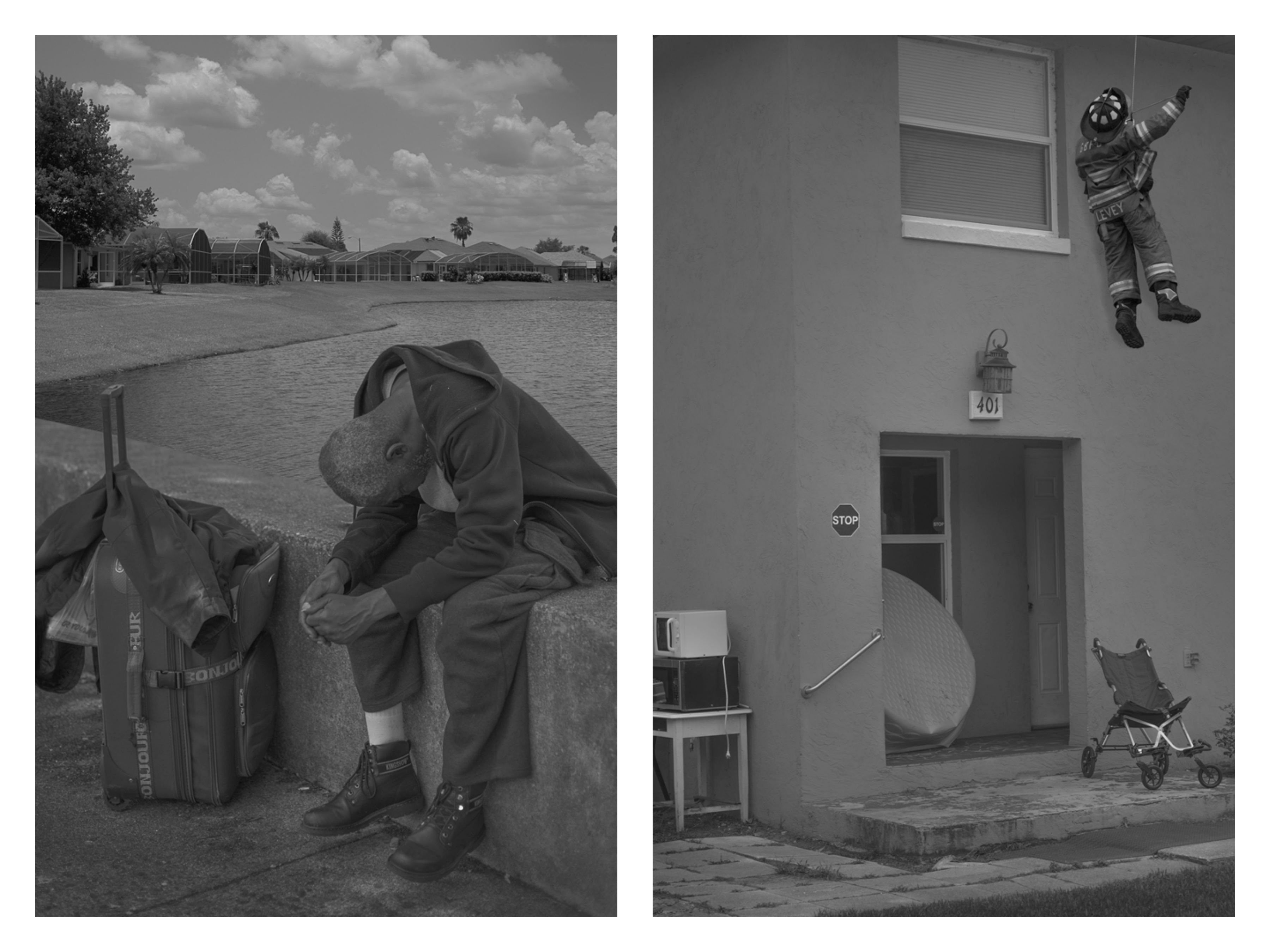
VICE: When did you first become aware of mental illness, and how did this impact your sense of self?
Joshua Lutz: My mom got really sick when she was 18 or 19 years old, and she got married young. I was born a few years later and became aware of it as a young child. So much of the first half of my life was filled with thoughts and fueled by fears that I would become schizophrenic. I still have that feeling.
After my parents divorced, my dad remarried and made an attempt to provide some semblance of structure. The irony was that he was hiding the fact that he is bipolar and an alcoholic from us. Now dementia is setting in, so it has shifted the focus back to him. I realize now that during those early years, he was struggling, but he couldn’t let my brother and me know until we were much older.
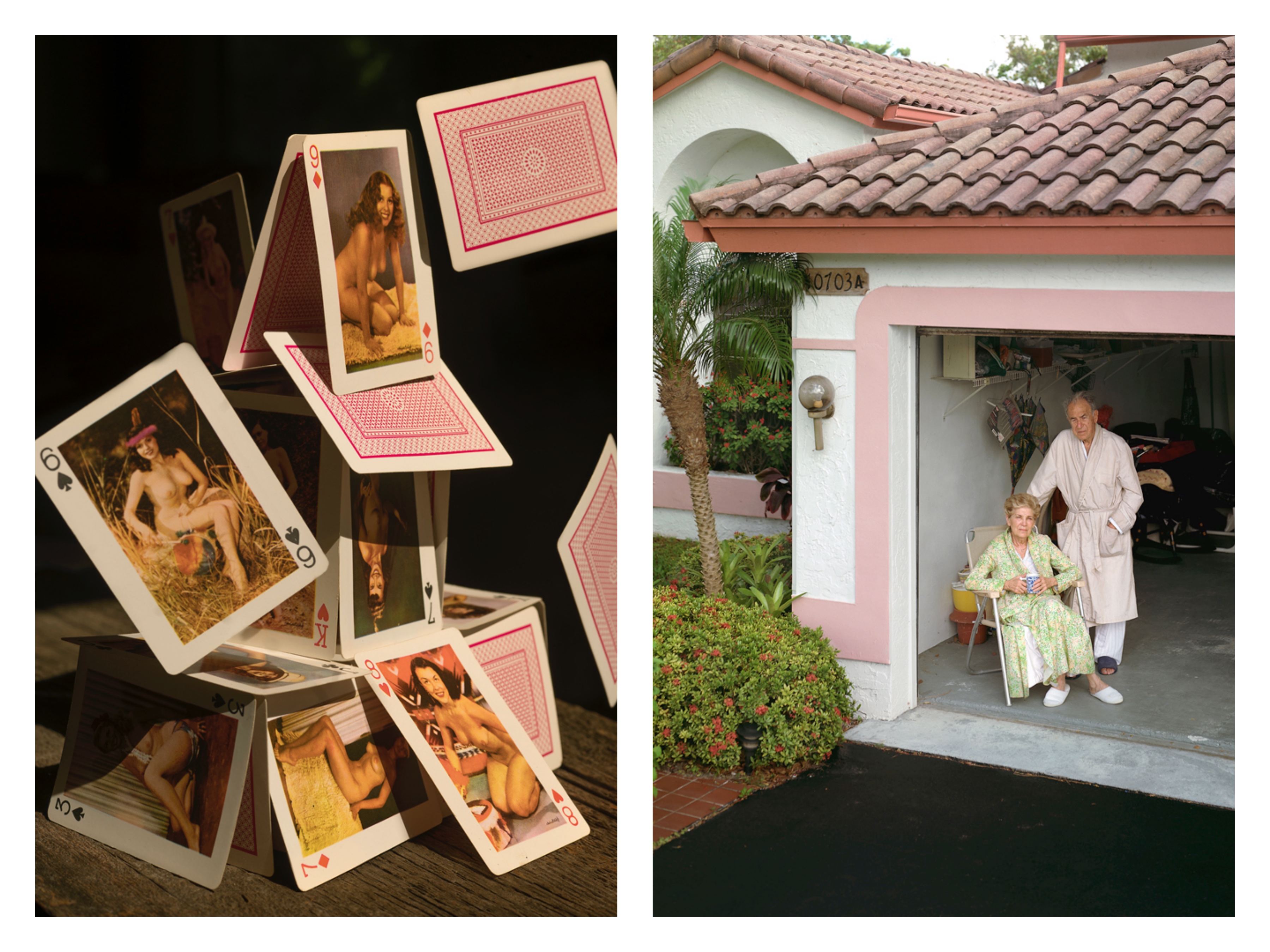
When did you begin using art as a vehicle to deal with issues of mental health?
I started printing in the darkroom as a way to escape the world. In high school, students were allowed to use the darkroom during lunch, when the social systems in the cafeteria were at full effect. I only started taking pictures so I would have something to print. I didn’t enjoy taking pictures so much; I just wanted to be in the darkroom, listening to music, hanging out with a couple of people who felt it was fucked up out there (laughs).
The act of photography has always been a means for me to deal with these issues, but it has also prevented me from experiencing things. I could hide behind it in many ways and not fully engage. I don’t think this is uncommon for photographers to use the camera as a way to distance themselves from the world.
What was the inspiration for Mind the Gap?
I wanted to discover what photography could do. I am so deeply entrenched in mental illness that I decided to let go of using the camera to point and show, and started looking for another way to express what mental illness felt like. There was no model out there for me to use.
When I made my first book, Meadowlands (powerHouse, 2008), I could stand on the shoulders of giants like Joel Sternfeld and Stephen Shore in order to create a large-format portrait of a people and place. But as far as visually talking about the issue of mental illness, I haven’t found anything in photography I was able to lean on.
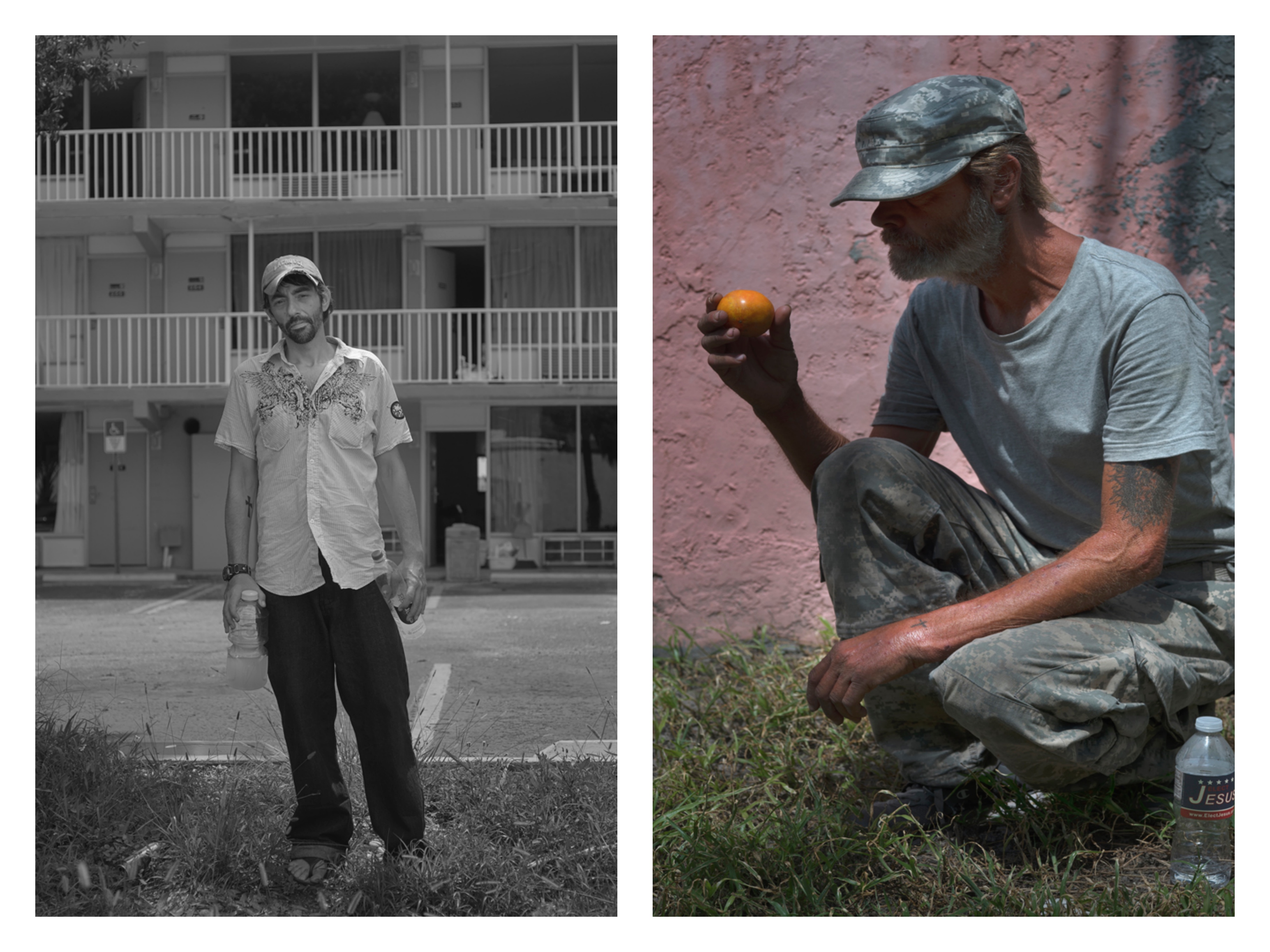
How did you start to conceptualize the photographs you made for the book?
The project began with written pieces like “Murder of the Watcher” and “Voluntary Admission” where I tried to describe how I felt and thought, and then worked my way into picture making. I take pictures of things that I am struggling with and look for different ways to depict it. I put myself in situations I wanted to explore, traveling to places where violence had taken place or felt like it was going to erupt, such as the Pulse nightclub the morning after the shooting or the Republican National Convention in Cleveland.
I often think that these experiences are going to be radically different than they end up being. At the RNC, I was simply waiting for the outrage to combust and hit a climax. What I found was a deeply choreographed balance of systems in place, orchestrated to create a perfect mix of authority and confusion. Much to my disbelief, the RNC went off without a hitch.
In this book, I am going back and forth between fiction and nonfiction and trying to weave those two things together. I had a lot of uncertainty about how it was going to fit together. With this work, it’s not about my place in the art world. I let go of that in order to focus on creating a sustainable art practice. I want people to see it, read it, hold it, feel it, question it, be pissed off by it—whatever they feel when they engage with it.
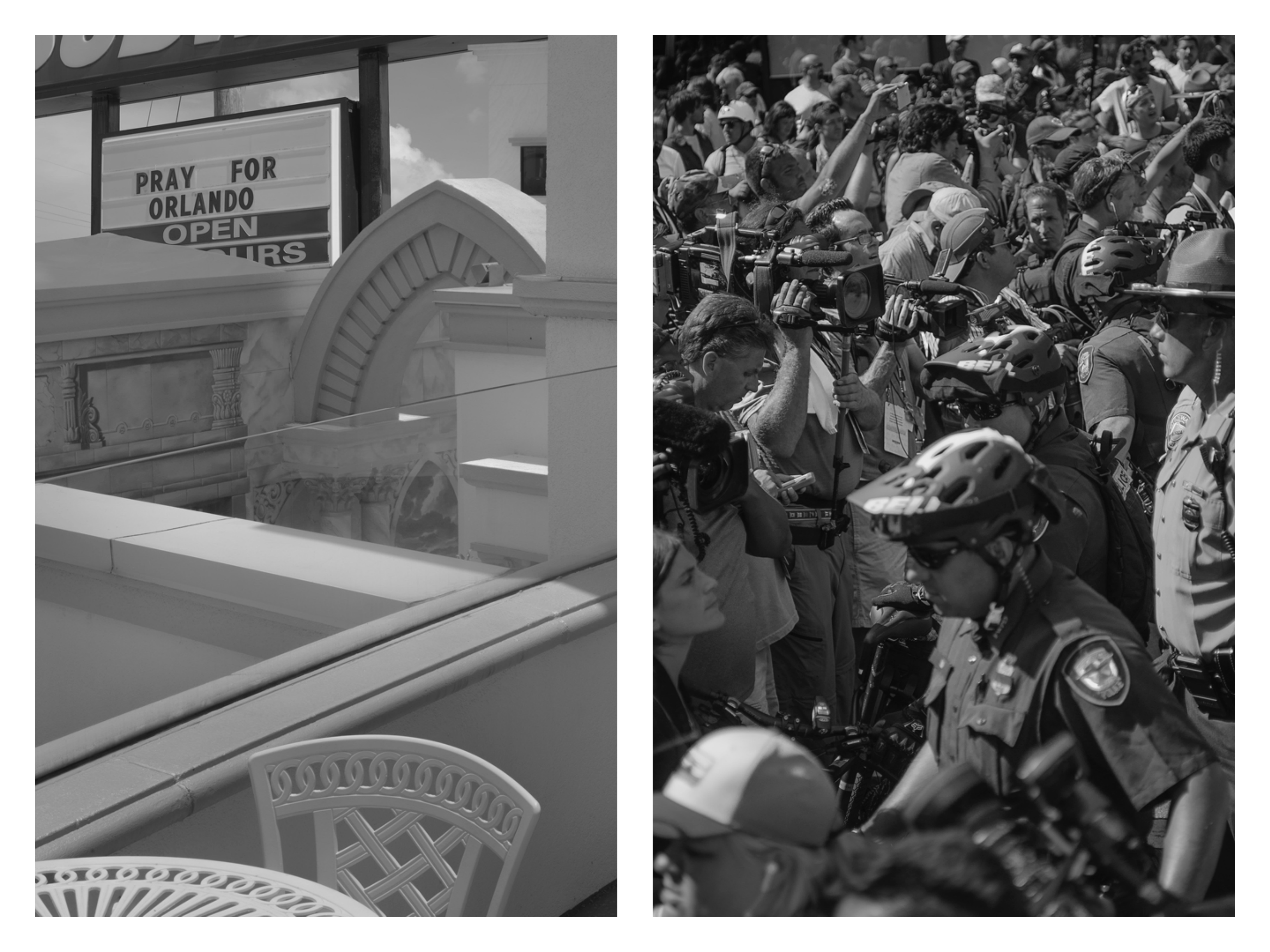
How do you deal with the issues of sex and addiction in the book?
Sex and addiction are the escape, but they are also the confusion we experience by avoiding the problem at hand. I wanted to find a different way of talking about these things, rather than using explicit or stereotypical tropes.
I remember I did a lecture and someone asked me about the photograph of the young woman wearing the ankle monitor who is pulling her shirt up. He wanted to know who she was to me, and he didn’t like the fact that I was adamant that that information didn’t matter. I’m not trying to be purposely vague, but I don’t feel like knowing the specifics gives any insight. The book is based on reality. I have opened up on some things but not on others, and the space where I haven’t is really important.
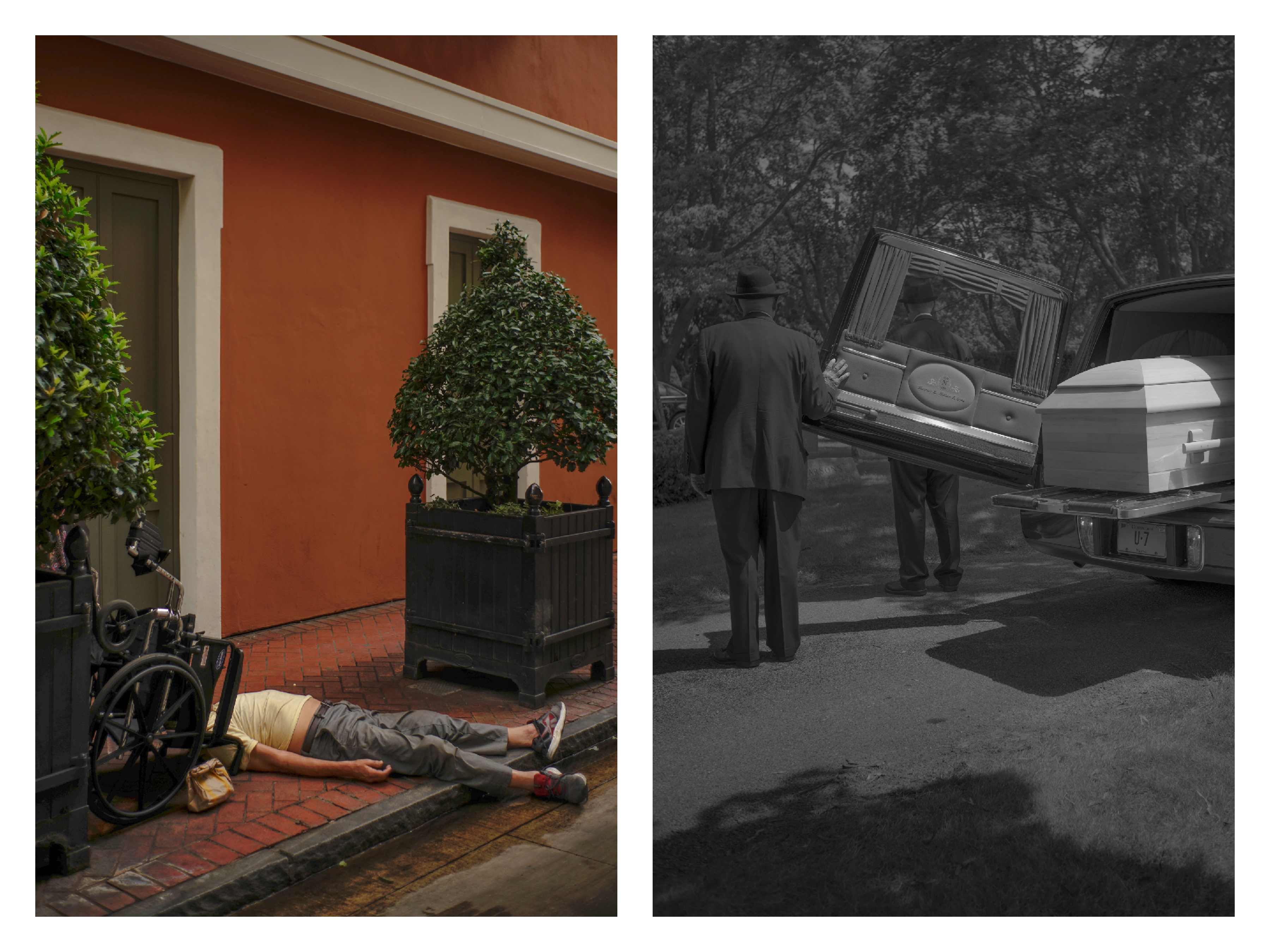
Can you speak about what the title means?
As we get older, we start to see through things in a way we didn’t before. This work is about an attempt to see through it all. It is rooted in the sense that we are deeply confused, running around, often spreading more confusion. I decided look at my own role in this and use the words “Mind the Gap” as a way of talking about that space.
I started to think about the gap between thoughts. I became interested in what happens with your mind in those split seconds. Sometimes something gives us a teeny glimpse into the true nature of this world—but the moment you look at it, it disappears from view. “Mind the Gap” is both a warning and a directive.
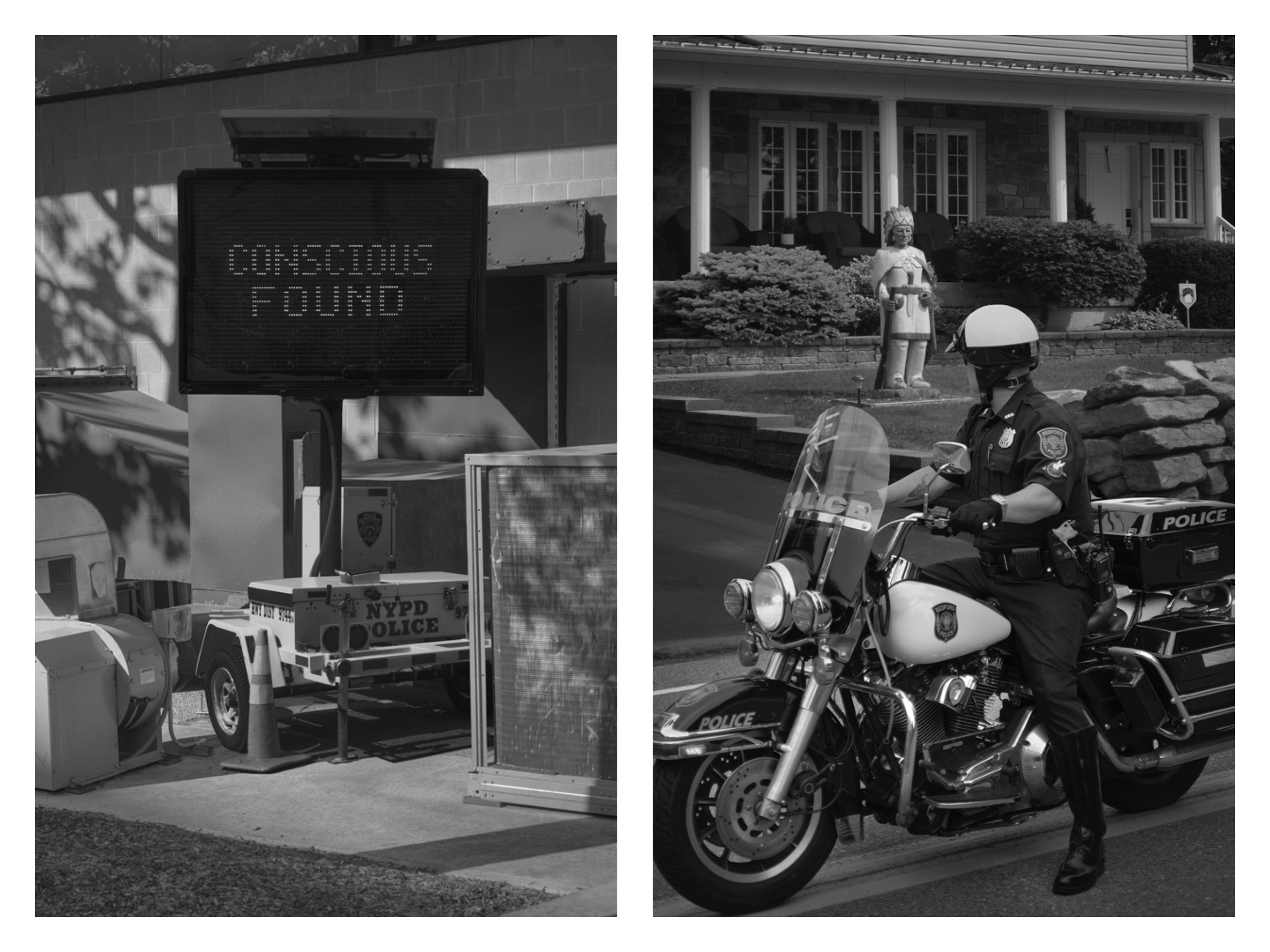
How do you use photographs to change the way we look and think about mental illness?
I am not an expert on mental illness by any stretch of the imagination, but I happen to have too much experience with it. I think of it as a spectrum, and we’re all falling on different aspects of it.
We will grab on to a false answer so much more quickly than uncertainty—and when I say “we” I mean me. I fall into the trap of knowing I am setting myself up for failure. To counteract that, I am trying to pull the ground out from underneath myself. We all like to think there is a ground but it’s all just a story that we are telling ourselves—and trying some way to pull those stories out.
The easy story is the stuff that society tells us we need to get to make ourselves happy: an upgraded iPhone, faster Internet, new sneakers. We can agree that doesn’t exist. But then going a step further, the difficult story is the belief in the “self” and trying to let go of that, yet failing again and again.
My photographs are trying to reach this thing that I know is there even though I can’t fully get there. I believe there is another way of living in this world and that people embody that experience in their daily lives. I am not there. I am struggling to get there. This book is about that. It’s not a path to enlightenment. I’m trying to wade through the muck of all of the confusion that is preventing me from reaching that place.
Sign up for our newsletter to get the best of VICE delivered to your inbox daily.
Follow Miss Rosen on Instagram.

